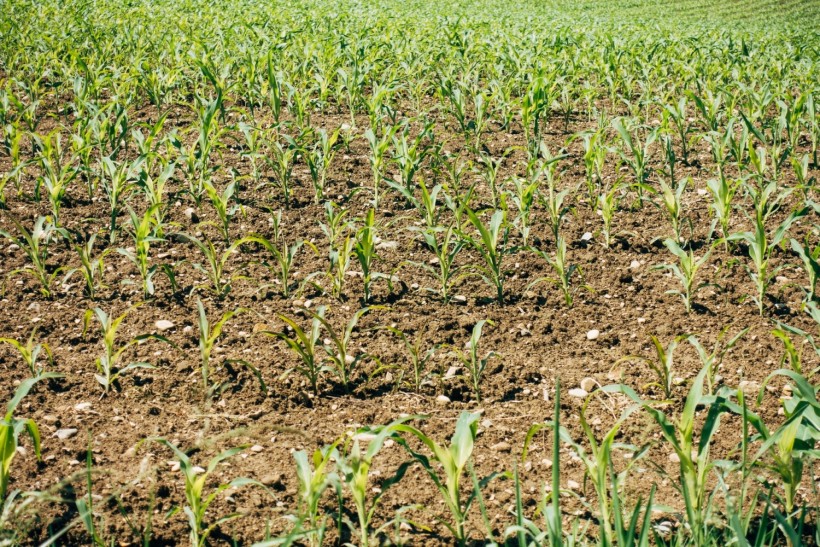Human urine serves as viable nutrients for plants and is a good source for plants fertilizer, claimed by Australian researchers. The researchers plan to extract chemicals from human urine to be used as plants fertilizer in Australia.
They are working with local authorities in Australia to roll out special toilets later this year. The special toilets are equipped with technology to separate chemicals such as nitrogen, phosphorus, and potassium from human urine. The experts claim these chemicals are all essential plant nutrients.
Human Urine as Plants Fertilizer
Australia is planning to use human urine as fertilizer for plants and lawns in public city parks. Researchers are collaborating with local authorities as part of a four-year government-backed project.
The trial will involve the rolling out of the special toilets later this year; currently planned to be first distributed in public parks in Brisbane and Sydney.

The researchers plan these toilets will extract macronutrients from human urine, claiming these are all essential plant nutrients-which can be used as a fertilizer for plant growth.
Although the project is currently under development, the Australian government wants to get the public's opinion on the said plan.
The project is spearheaded by the Cities Research Institute (CRI) at Griffith University in Queensland, Australia, under the $2 million ARC Research Hub for Nutrients in a Circular Economy (NICE).
Also read: Researchers Decipher Chemical Composition of Human Urine
Urine Separation Technology
If the plan comes to fruition, the researchers will use sophisticated urine separation technology under the toilets to separate chemical macronutrients such as nitrogen, potassium, and phosphorous from human urine.
The technology is capable of removing all unwanted chemicals like heavy metals from the urine; while only trapping the essential macronutrients.
In relation to the project, a study on a potential toilet design has already been published in the journal MDPI. The study's lead author is Stefano Freguia, a chemical engineer from the University of Melbourne in Australia.
Freguia and his colleagues proposed the potential toilet design can be the world's first nutrient recovery system; capable of powering itself and does not require human control.
Human Urine, as a Low-Cost Source of Plants Fertilizer
Although the mentioned macronutrients can be extracted from other sources like the Earth's atmosphere, soil, or rocks-human urine is being seen as a low-cost and efficient source of plants fertilizer, as per The Guardian. The researchers' preferred source is economic since human urine is more accessible and abundant.
According to a study published in the journal Procedia Food Science, "Human urine is a liquid waste rich in essential plant nutrients such as nitrogen, phosphorous and potassium." The study states that human urine is a low-cost and effective fertilizer for crop production.
For the past century, agricultural methods have used human urine and human waste as fertilizers in the past, but the technology behind the project in Australia is the first of its kind.
In the meantime, researchers are working with state governments across Australia to identify other ideal trial sites. Further updates on the project are expected to come out in the coming months.
Related article: Where There's Waste There's Fertilizer
© 2024 NatureWorldNews.com All rights reserved. Do not reproduce without permission.

![Tsunami Hazard Zones: New US Map Shows Places at Risk of Flooding and Tsunamis Amid Rising Sea Levels [NOAA]](https://1471793142.rsc.cdn77.org/data/thumbs/full/70325/280/157/50/40/tsunami-hazard-zones-new-us-map-shows-places-at-risk-of-flooding-and-tsunamis-amid-rising-sea-levels-noaa.jpg)



